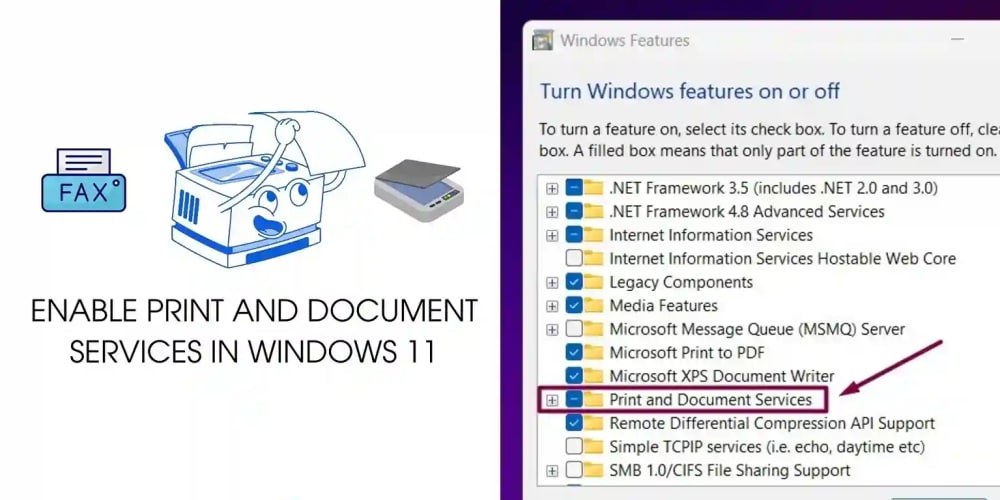Kubernetes, the powerful container orchestration platform, offers a wealth of features and tools to help developers and DevOps professionals manage their applications with ease. In this comprehensive collection, we'll dive into eight essential Kubernetes labs that cover a range of topics, from isolating workloads with namespaces to exploring the Kubernetes describe command.
Isolating Workloads with Namespaces 🌐
Kubernetes provides namespaces as a way to isolate workloads and resources within a cluster. In this lab, you'll learn how to use namespaces to create a dedicated environment for your web application, ensuring it's isolated from other resources in the cluster. You'll create a namespace, deploy a simple web app, and verify its isolation. Lab URL
Mastering Kubernetes Port Forwarding 🔗
Kubernetes port forwarding is a powerful tool that allows you to connect to a pod's port from your local machine. In this lab, you'll start with simple examples and gradually progress to more complex scenarios, learning how to use the port-forward command to access your applications. Lab URL
Checking Client and Server Versions 🔍
Knowing the client and server version information of your Kubernetes cluster is crucial for troubleshooting and ensuring compatibility. This lab will teach you how to retrieve this information using the kubectl version command. Lab URL
Autoscaling with HorizontalPodAutoscaler 📈
Kubernetes' HorizontalPodAutoscaler feature allows you to automatically scale the number of pods in a deployment based on resource utilization. In this lab, you'll learn how to use HorizontalPodAutoscaler to scale your application dynamically. Lab URL
Configuring Apps with ConfigMaps 🔧
ConfigMaps are a Kubernetes feature that enable you to separate configuration data from your application code. In this lab, you'll explore how to use ConfigMaps to manage and update your application configuration without modifying the application itself. Lab URL
Controlling Node Scheduling with Cordon and Uncordon 🛑⏯️
Kubernetes nodes can have different states, such as 'ready' or 'not ready'. The cordon and uncordon commands allow you to control the scheduling of pods on a particular node. This lab will teach you how to use these commands to manage the scheduling of pods in your cluster. Lab URL
Modifying Kubeconfig Files 📁
Kubeconfig files are used to configure access to a Kubernetes cluster. In this lab, you'll learn about the different components of a kubeconfig file and how to modify them to suit your needs. Lab URL
Exploring the Kubernetes Describe Command 🔍
The Kubernetes describe command is a powerful tool for viewing detailed information about Kubernetes resources. This lab will teach you how to use the describe command to troubleshoot issues in your cluster and gain a deeper understanding of your Kubernetes resources. Lab URL
Dive into these Kubernetes labs and unlock the full potential of this powerful platform. Happy learning! 🚀
Want to Learn More?
- 🌳 Learn the latest Kubernetes Skill Trees
- 📖 Read More Kubernetes Tutorials
- 💬 Join our Discord or tweet us @WeAreLabEx




























